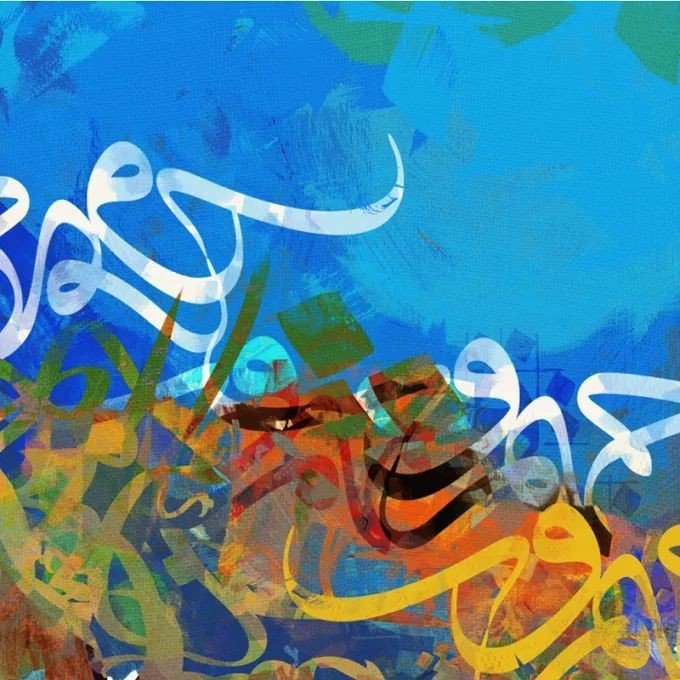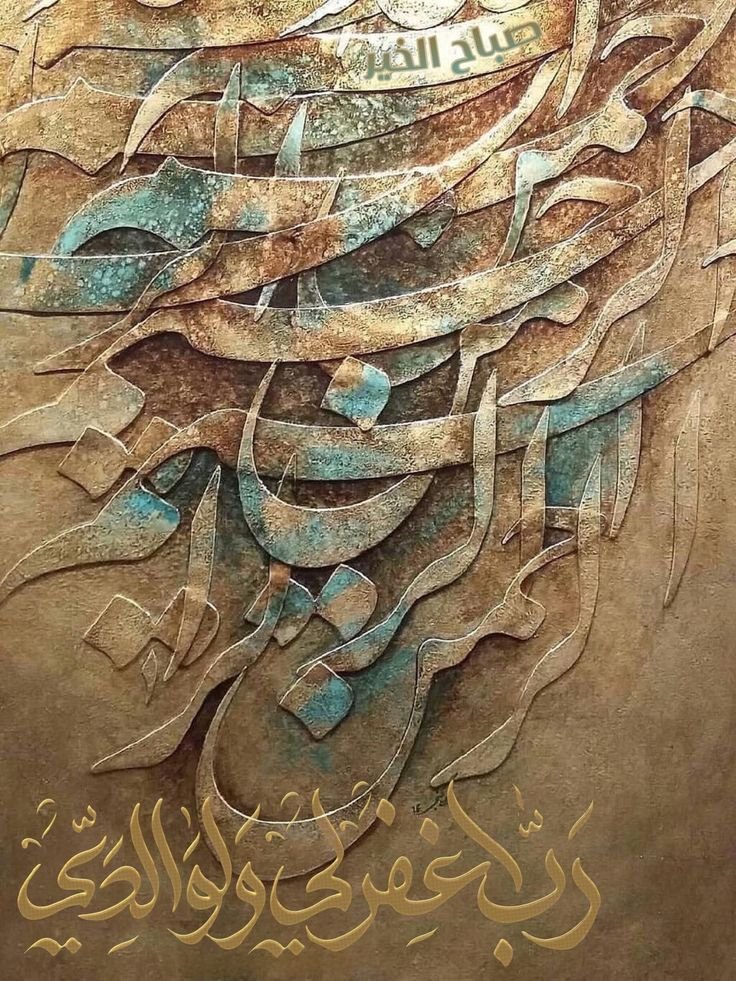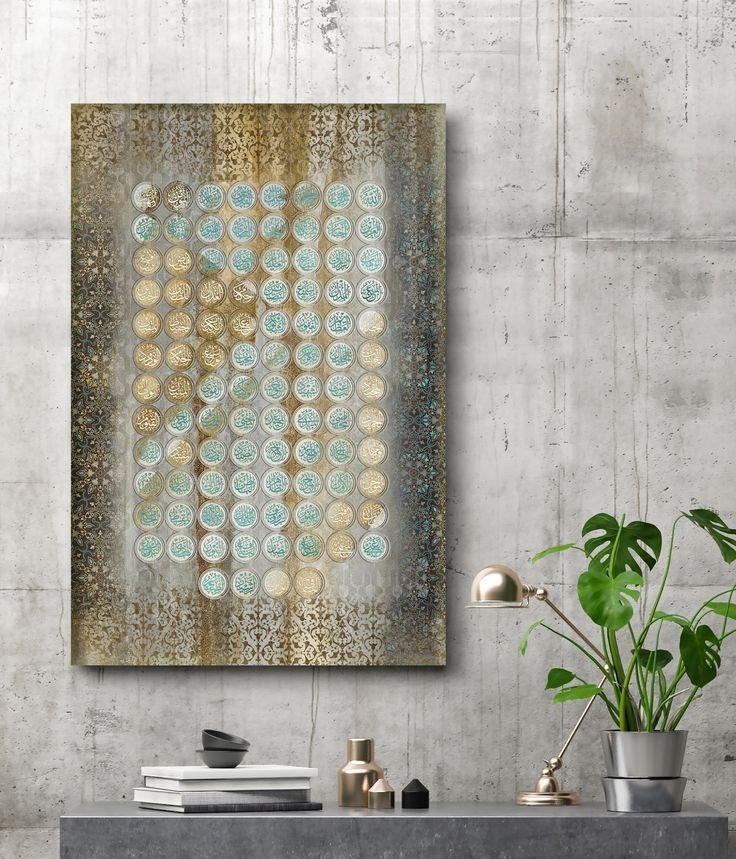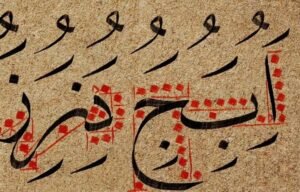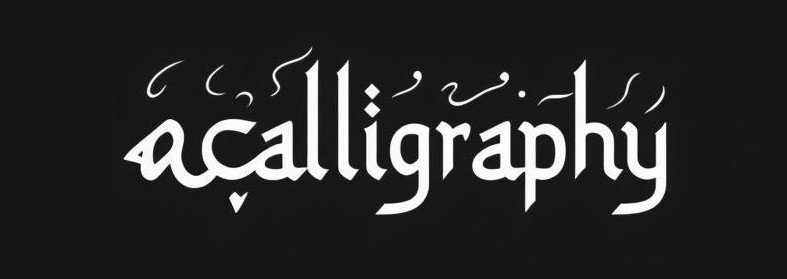Explore the Colourful World of Arabic Calligraphy
Arabic calligraphy is often called “the geometry of the spirit” because letters are built with balance and proportion.
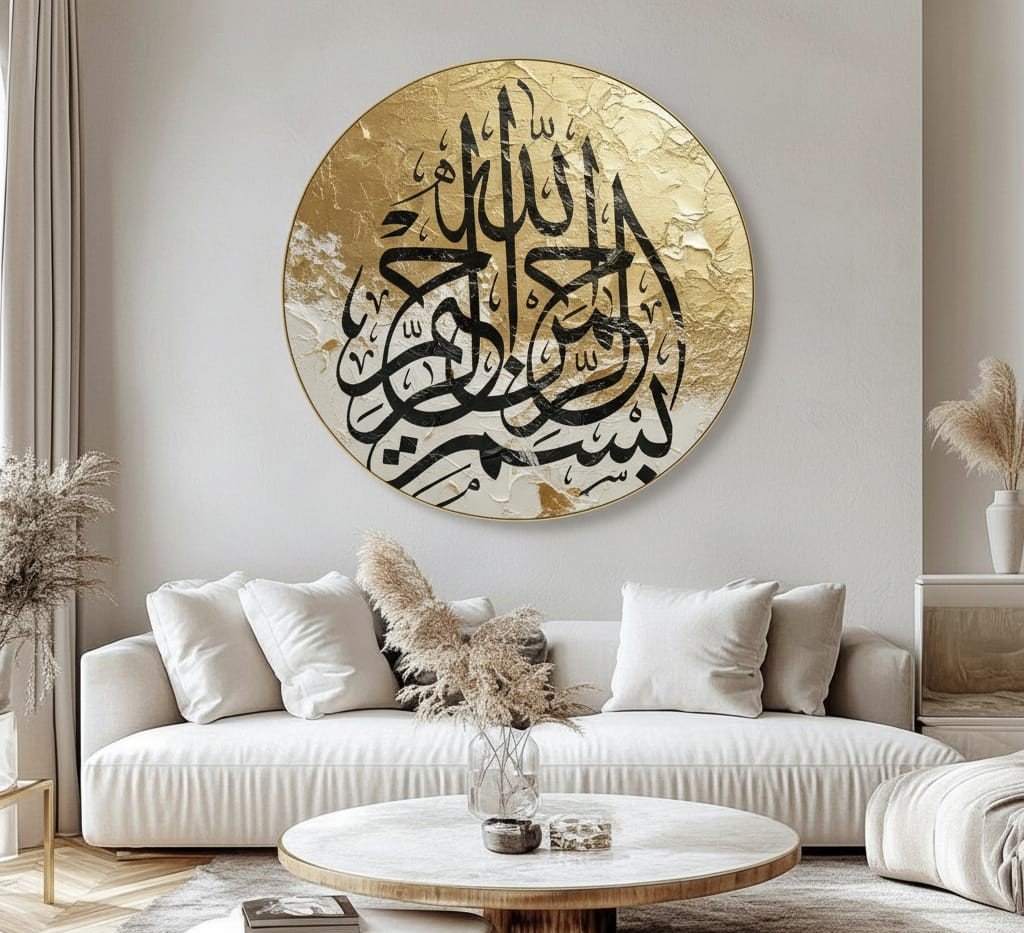

Latest Artwork
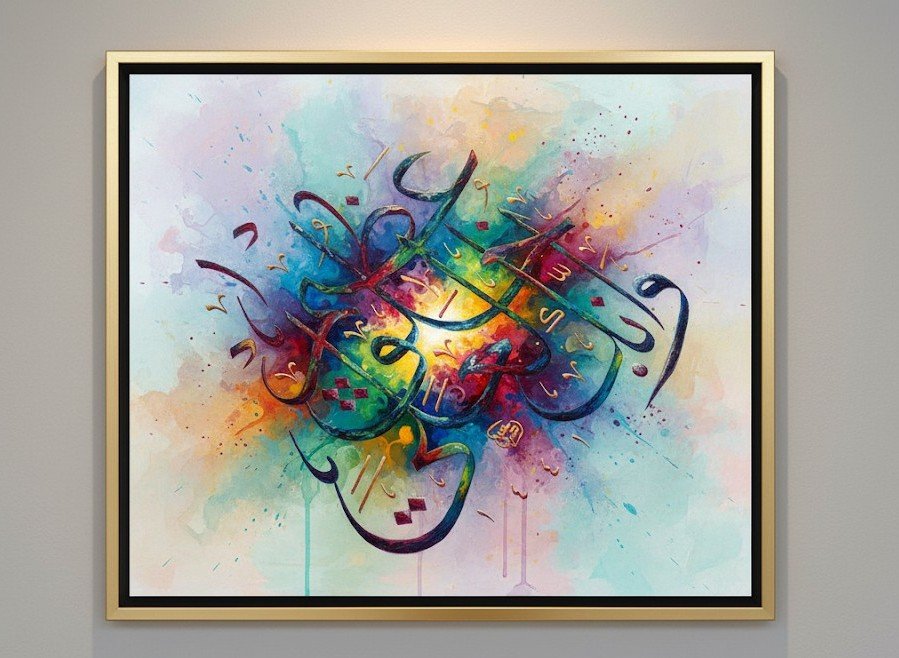
“وَإِنَّكَ لَعَلَىٰ خُلُقٍ عَظِيمٍ”
“Wa innaka la‘alā khuluqin ‘azīm.”
“And indeed, you are of a great moral character.”
Surah Al-Qalam (68:4)
The Prophet Muhammad ﷺ was the living example of the Qur’an itself — his behavior reflected the teachings of Islam in every action.
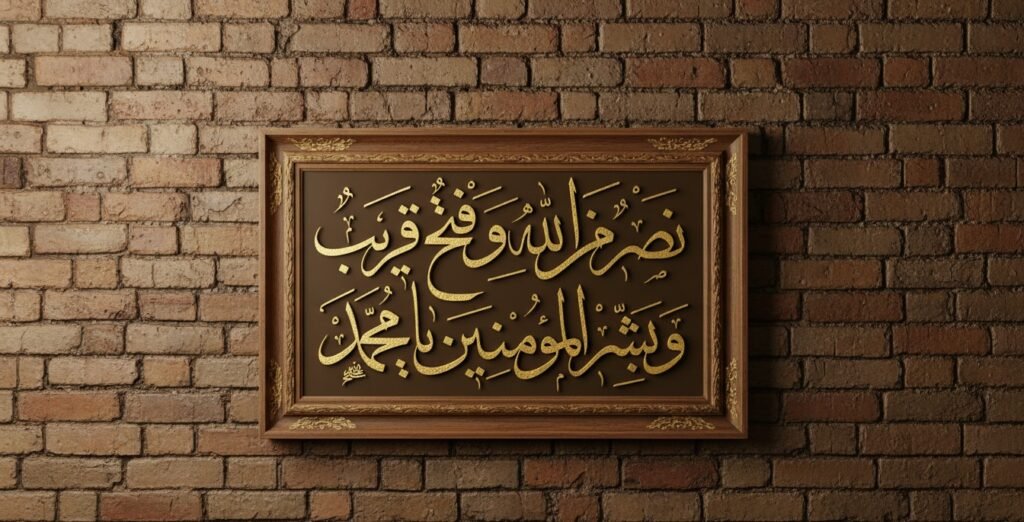
“نَصْرٌ مِّنَ اللَّهِ وَفَتْحٌ قَرِيبٌ”
(Nasrun minallāhi wa fatḥun qarīb)
“Help from Allah and a near victory.”
Surah As-Saff (61:13).
It was revealed as a promise of Allah’s support and the coming victory for believers.
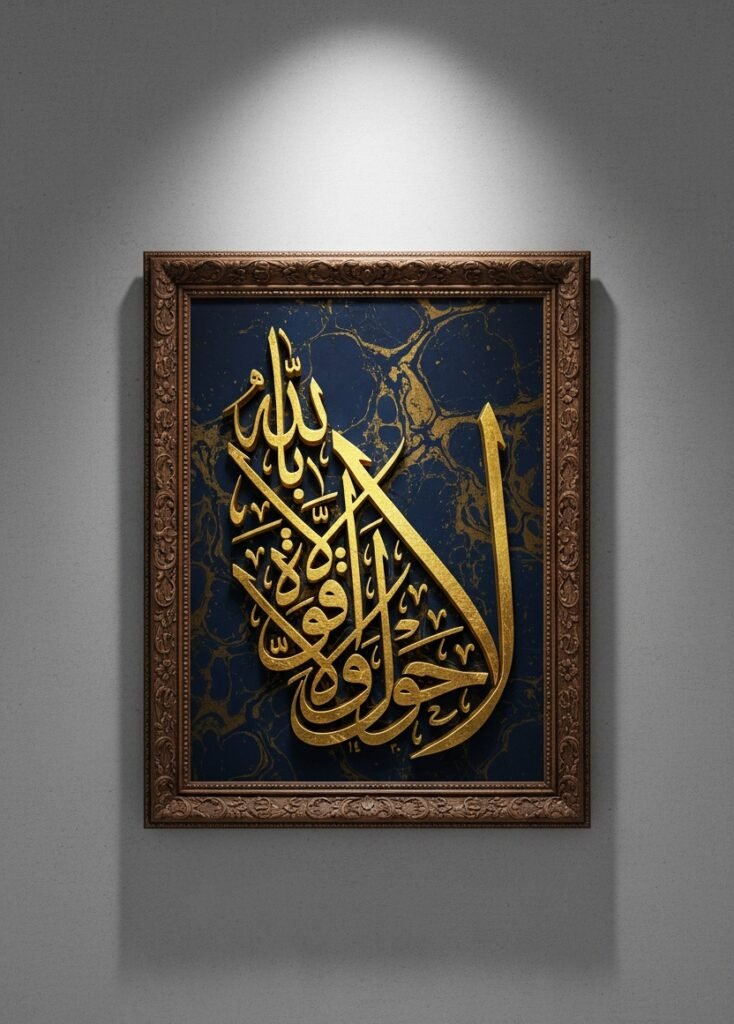
Explore : The Classic Lines (Scripts)
Kufic (الخط الكوفي)
Oldest style (7th century).
Geometric, angular, strong shapes.
Often used in architecture, tiles, and Quran manuscripts.
Perfect for coloring books because of its blocky, decorative forms.
Naskh (الخط النسخ)
Elegant, rounded, easy-to-read.
The standard script for printing Qurans and books.
Good for children’s learning pages since it’s clear and simple.
Thuluth (الثلث)
Large, curved, dramatic.
Often used for mosque walls and artistic pieces.
Great for adults’ pages with detailed flourishes.
Diwani (الديواني)
Flowing, ornate, full of curves.
Used in Ottoman courts and royal decrees.
Ideal for colouring pages with floral or mandala-style patterns.
Ruq‘ah (الرقعة)
Simple, quick, everyday handwriting.
Not as decorative but very functional.
Good for combining calligraphy with doodles or playful illustrations.
Modern & Free Styles
Many artists today mix scripts or create freestyle calligraphy (hurufiyya movement).
Abstract, expressive, global.
Perfect for adult coloring books with creativity and imagination.
What we do?
Creating
Original artwork: framed pieces, wall art, or digital calligraphy.
Custom commissions: names, quotes, or religious verses.
Integrating calligraphy into products: ceramics, textiles, jewelry, or digital prints.
Selling
Online platforms: Etsy, Instagram, or specialized art marketplaces.
Local markets: galleries, art fairs, cultural centers.
Collaborations: with interior designers, brands, or stationery companies.
Teaching
Workshops: beginner to advanced calligraphy.
Online courses: video tutorials, live Zoom classes, or step-by-step guides.
Corporate or community classes: for schools, cultural organizations, or enthusiasts.
